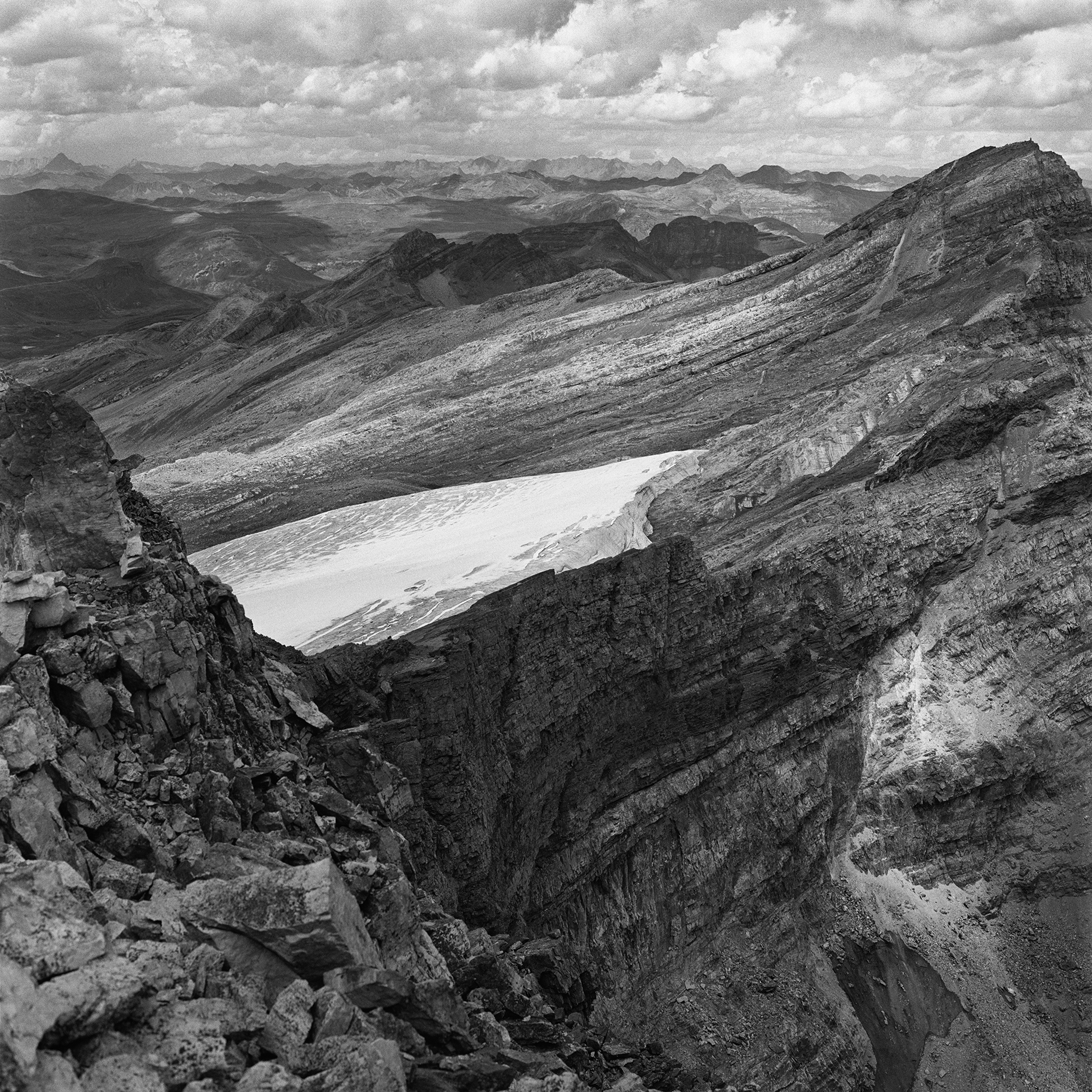
As part of Photo London 2022, William L. Fox, Director of the Center for Art and Environment at the Nevada Museum of Art, will discuss photography and ice with Daniel Schwartz and Jean de Pomereu. Click here to RSVP for the conversation.

As part of Photo London 2022, William L. Fox, Director of the Center for Art and Environment at the Nevada Museum of Art, will discuss photography and ice with Daniel Schwartz and Jean de Pomereu. Click here to RSVP for the conversation.